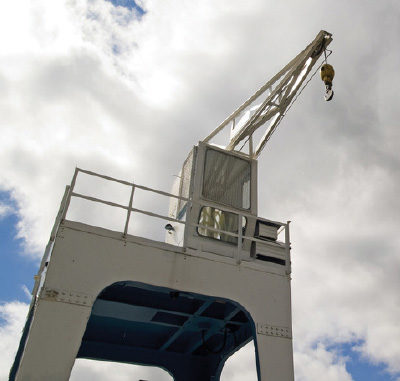
An example of heavy DC current usage is in shunt wound electric motors which produce full torque at zero speed and are used for heavy lifting and positioning. Shunt wound and compound DC motors are often used to power lifting cranes on docks and in the wood processing industry.
Many DC motors can be reversed by changing the polarity of the field windings. By swapping the connections to the motor field (but not the power to the armature) the direction of rotation changes. By measuring the voltage applied to the field, the direction of rotation can be determined before the motor is spinning, or while it is rotating if that direction cannot be determined visually.

VTD-BD Series DC Voltage Transducer
VTD-BD Series Voltage Transducers are high-performance transducers for sensing voltage in DC powered installations. Applicable for use on circuits to 600 VDC, VTD-BD voltage transducers provide a fully isolated +/-5 VDC or +/-10 VDC output signal in response to DC voltages that change polarity. Housed in an easy-to-install DIN rail or panel mount case, the VTD-BD Series comes in a variety of ranges to suit many primary voltages.
The VTU-BD measures DC voltage and provides a change in signal when the polarity reverses. Positive on upper right terminal creates a positive output signal; positive on upper left terminal creates a negative output signal.
